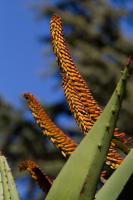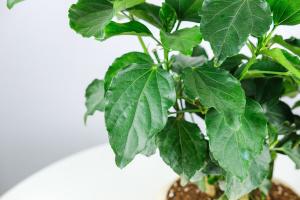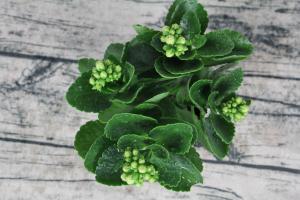Can Tree Ants Damage Plants?
Ants are a common sight in gardens and parks. While some species of ants play a positive role in pollination, seed dispersal, and pest control, others can cause damage to plants. One such group is tree ants. But the question is, can tree ants damage plants? The answer is yes.
How Do Tree Ants Damage Plants?
Tree ants, also called carpenter ants, are known for their habit of tunneling through wood to create their nests. They prefer to nest in dead, decaying wood, but they can also nest in live trees, especially if the tree is already stressed or weakened. As they create their galleries and tunnels, they remove wood chips and debris, weakening the structure of the tree. This can cause the tree to become unstable, making it more susceptible to breaking or falling over in the wind.
In addition to their tunneling, tree ants also have a symbiotic relationship with aphids. Aphids are small insects that feed on the sap of plants. Tree ants protect aphids from predators, in exchange for the sugary secretions that they produce. These secretions, called honeydew, are a favorite food of tree ants. However, when aphid populations are high, they can cause damage to plants by sucking the sap from the leaves and stems. This can cause the leaves to turn yellow and die, stunting the growth of the plant.
How Can You Prevent Tree Ant Damage?
The best way to prevent tree ant damage is to keep your trees healthy and vigorous. Regular pruning, watering, and fertilization can help to strengthen the tree and make it less attractive to tree ants. You should also remove any dead or decaying wood from the tree, as this is a favored nesting spot for tree ants.
If you notice signs of tree ant activity, such as piles of sawdust, small holes in the bark, or ants crawling on the tree, you should take immediate action. This may involve using insecticides or calling a professional pest control service to treat the problem.
Another way to prevent tree ant damage is to discourage aphid populations. This can be done by removing any weeds or other plants that attract aphids, and by introducing natural predators, such as ladybugs or lacewings, that feed on aphids. You can also use insecticidal soap or neem oil to control aphids, although be careful not to harm beneficial insects in the process.
Conclusion
In conclusion, while tree ants may not be as destructive as other plant pests, such as termites or borers, they can still cause damage to trees and other plants. To prevent tree ant damage, it's important to keep your trees healthy and to take prompt action if you notice signs of ant activity. By doing so, you can help to protect your plants and keep them thriving for years to come.

 how many times do yo...
how many times do yo... how many planted tre...
how many planted tre... how many pine trees ...
how many pine trees ... how many pecan trees...
how many pecan trees... how many plants comp...
how many plants comp... how many plants can ...
how many plants can ... how many plants and ...
how many plants and ... how many pepper plan...
how many pepper plan...
































